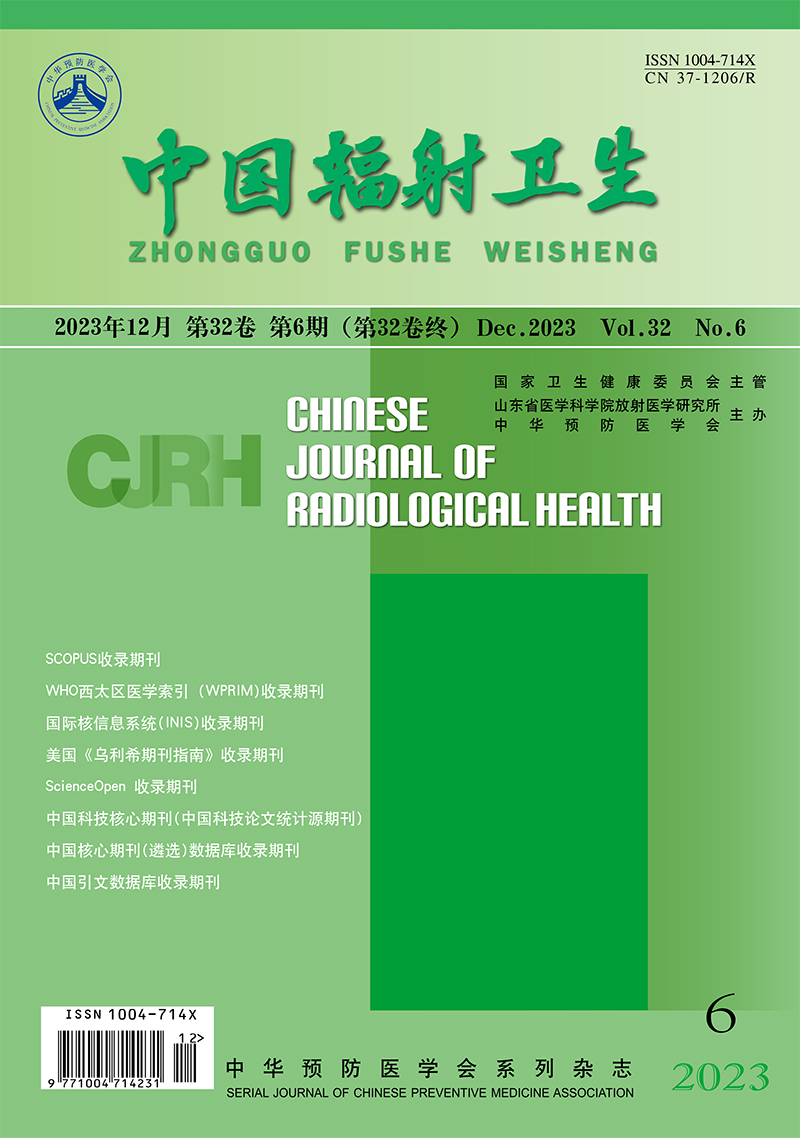Original Articles
SHANG Yuxiu, YANG Xiancun, MA Ya, WANG Xiaoshan, CHEN Yingmin
Objective To evaluate the radiation dose of interventional procedure for children with congenital heart disease, and to analyze the differences in radiation dose and influencing factors. Methods A total of 94 children who underwent interventional procedure for congenital heart disease at a grade A tertiary hospital in Jinan, Shandong Province, China from June 2021 to September 2022 were included in this study. The patients were divided into three groups according to the type of procedure: ventricular septal defect occlusion group (VSD, 48 cases), patent ductus arteriosus occlusion group (PDA, 29 cases), and atrial septal defect occlusion group (ASD, 17 cases). The basic information of patients and postoperative dose reports were recorded. A statistical analysis was performed using SPSS software. Results The median cumulative air kerma (CAK) of VSD, PDA, and ASD was 100.5, 43.7, and 12.1 mGy, respectively. The median air kerma area product (KAP) of VSD, PDA, and ASD was 3.309, 1.313, and 0.540 Gy·cm2, respectively. The median KAP·kg-1 of VSD, PDA, and ASD was 0.179, 0.088, and 0.031 Gy·cm2·kg-1, respectively. There were significant differences in fluoroscopy time, number of cine images, CAK, KAP, and KAP·kg-1 among the three types of interventional procedures (P<0.05). Compared with PDA and ASD, VSD showed significantly higher fluoroscopy time, number of cine images, CAK, KAP, and KAP·kg-1 (P<0.05). Multiple linear regression analysis found that age (B=52.445, P<0.05), weight (B=13.077, P<0.05), fluoroscopy time (B=0.425, P<0.05), tube current (B=0.872, P<0.05), and number of cine images (B=0.660, P<0.05) were positively correlated with KAP, while there was no significant association between height and KAP (P>0.05). Conclusion There are differences in radiation dose among the three types of procedures. Reducing fluoroscopy time, tube current, and number of cine images while meeting the procedure requirements is of great significance for reducing the radiation dose received by children.

